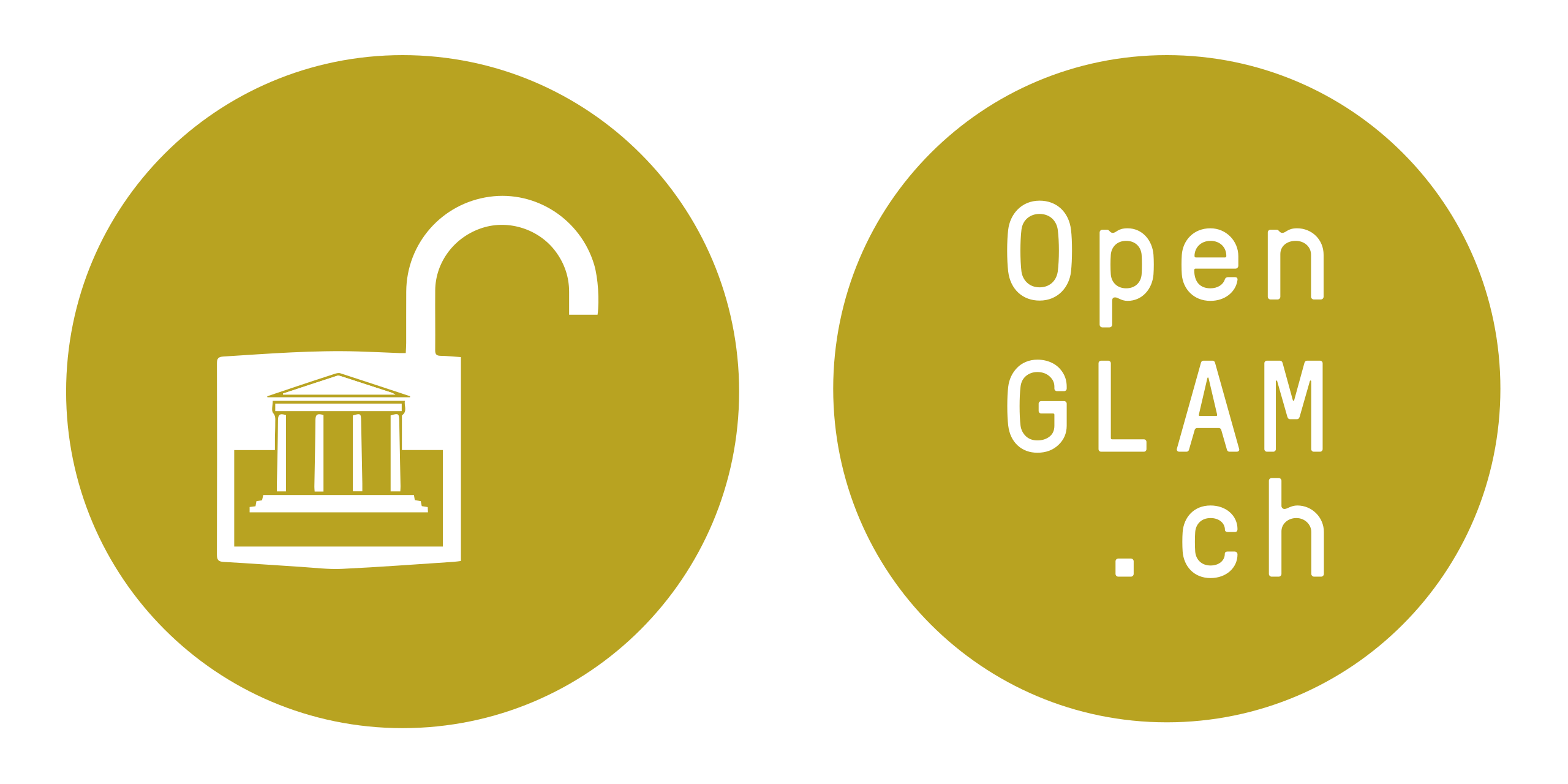Edited (version 12)
Pluralist Views on Artifacts in Ethnographic Collections
Approach artifacts in ethnographic collections through an artistic and/or participatory approach. To the extent possible, the projects involve and give the word to the communities concerned by the artifacts.
Pluralist Views on Artifacts in Ethnographic Collections
Artifacts in ethnographic collections are approached through an artistic and/or participatory approach. To the extent possible, they involve and give the word to the communities concerned by the artifacts.
Currently, student groups at Benemérita Universidad Autónoma de Puebla (BUAP)[1] are working on two such projects:
- “La Mujer Lipan” is a stop-motion/live-action short film project centering around a statue of a Lipan woman in the collection of the ethnographic museum in Geneva. It aims to dive into the collective memory of the Lipan people (the south-easternmost Apache tribe living across the border between Texas and Mexico). For this purpose, the project team is planning to travel to the border region in order to meet representatives of the tribe. In parallel, the museum has been approached with a request for cooperation.Video about the project, presented at the GLAM Night, on 5 September in Lucerne:
4.Mujer Lipan Presentación (EngSub).mp4
- The second project centers around Mexican masks in the exhibition of Museum Schloss Burgdorf (Burgdorf Castle Museum). The museum has suggested that the students produce a short video about objects in the museum’s exhibition giving their (the local, Mexican) perspective on it. The idea is to include the video in a video station in the museum, which will include other people’s perspectives on museum objects. The content of the video station will also be available on the web.
Video about the project, presented at the GLAM Night, on 5 September in Lucerne: 1.MexicanMasks.mp4
Further contributions may center around other artifacts or the topic may be approached on a meta level:
- How could / should such artistic and/or participatory projects around objects in ethnographic collections be documented and presented?
- To what extent would it make sense to present such projects and their outputs on a common webpage, thus creating another link between the museums, the artifacts, the artists, and the people concerned?
Participants:
Focus on Mexico:
- Sandra Palacios (BUAP)
- Beat Estermann (Opendata.ch)
- Various students’ groups at BUAP (approx. 25 persons).
Focus on Eastern Africa
- Sandra Becker (Wikimedia CH)
- Yara Schaub (Wikimedia CH)
Documentation:
GLAMhack 2024:
https://docs.google.com/presentation/d/1PcG10bAUCcD6dqs6rwyuRriiqWgYpGla77rH_WhSpaQ/edit?usp=sharing
[1] As part of the CultureFLOW programme implemented in cooperation between BUAP and Opendata.ch in the context of the Swiss GLAMhack 2024.
Project
Event finish
Joined the team
Start
Repository updated
Challenge shared
Tap here to review.
Different Perspectives on the Habsburg
GLAMhack 2024
Improved Access to Mesoamerican Collections Worldwide



Nice to hear that you're expanding the approach to other continents and cultures. The OKFN network could be helpful here.